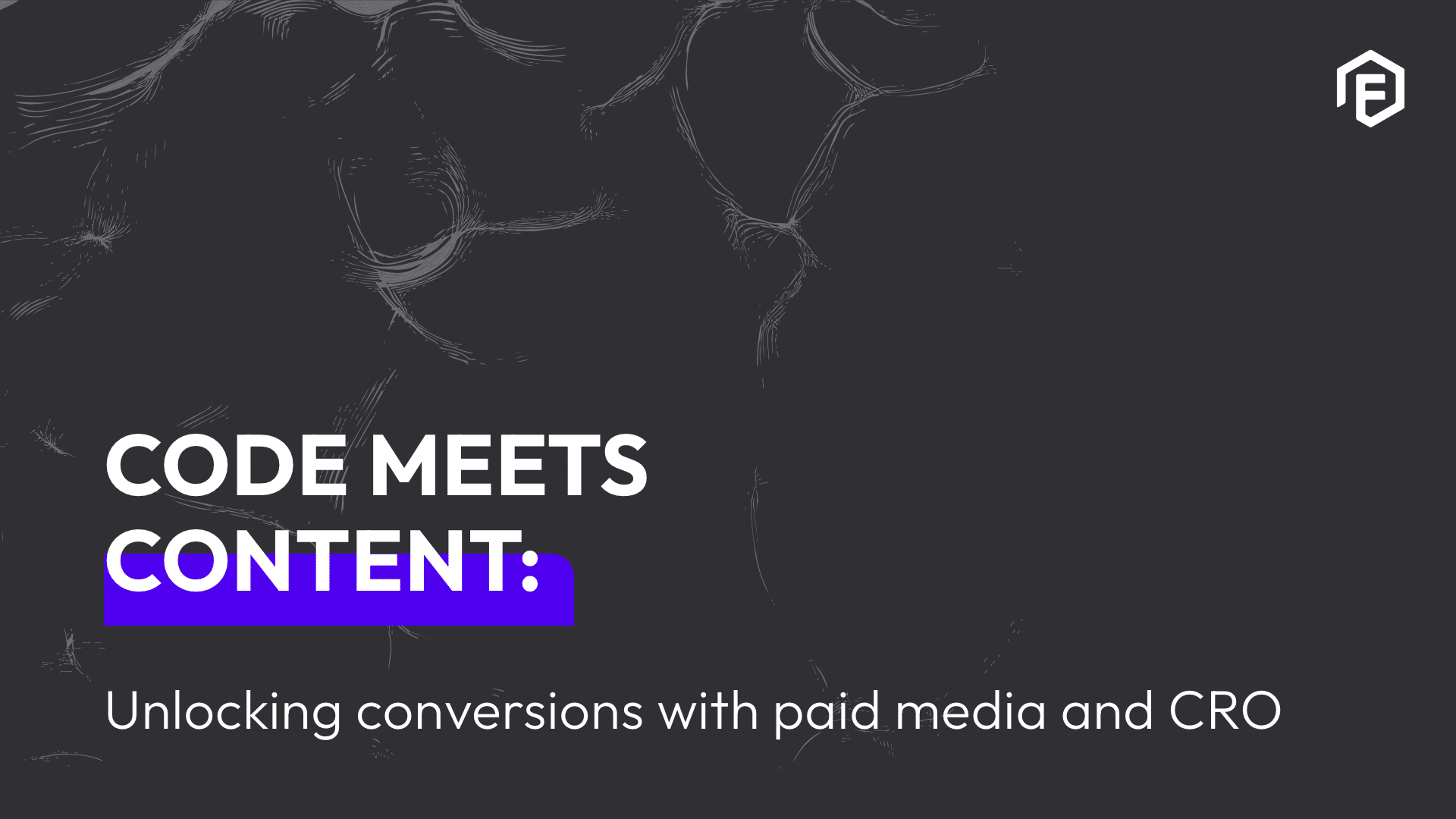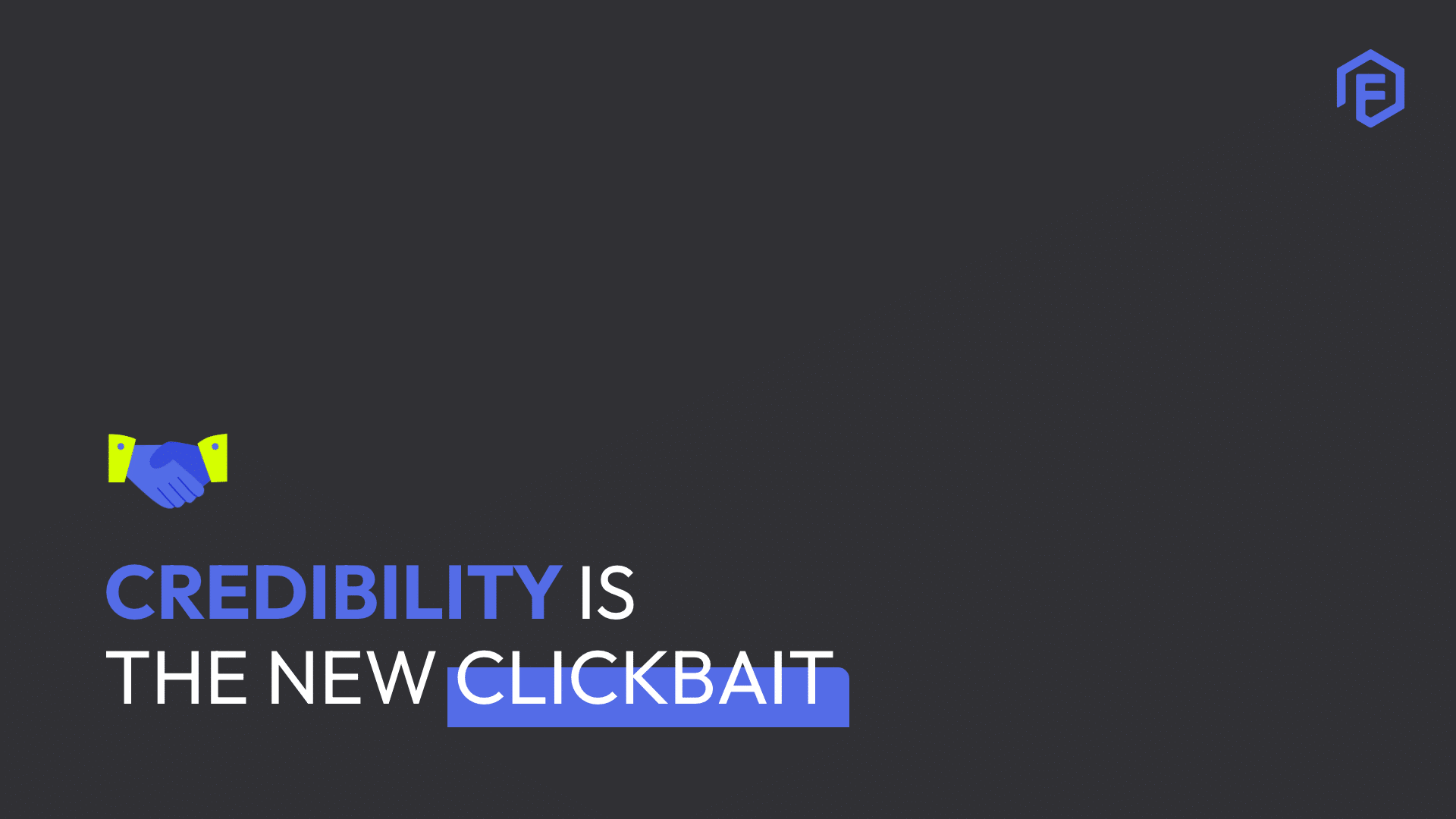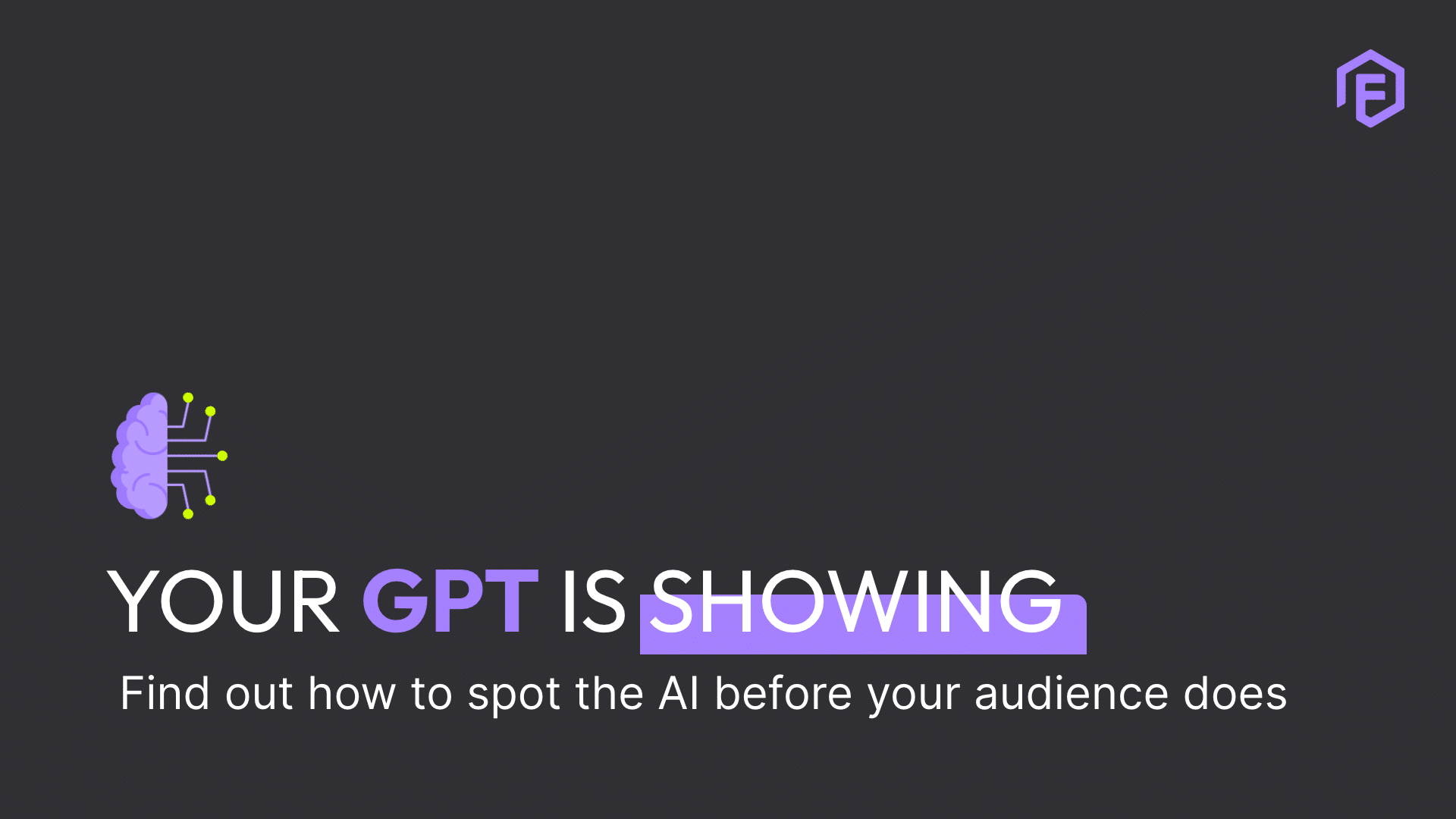If you’re anything like me, scrolling through your Instagram feed of late can be a really annoying process. I’m not [just] talking about those selfies for no reason with an inspirational quote, but more specifically Instagram ads and promoted posts. Although many of us like to post random photos from our lives using our amateur photography skills- myself included- part of the appeal of scrolling through your Instagram feed is the opportunity to potentially set eyes on some great photography, depending on who you follow of course. So when it comes to ads on this platform, the problem is not that we are exposed to ads at all, but perhaps the ad in itself and the fact that I may be looking at what might be so blatantly an ad. What I’m really looking for here is native advertising, and it applies to many digital platforms beyond just Instagram.
“Native advertising is paid for advertising where the ad matches the form, feel and function of the content of the media on which it appears,” [Vinderslev, A. 2015. The Definition of Native Advertising. nativeadvertisinginstitute.com].
In terms of digital marketing, this could mean website advertorials, sponsored content or promoted posts that show up in your social feeds. Have you ever visited a website and read what you thought was an article, only to realise afterwards that it was a piece of brand sponsored content? Or to revisit my Instagram example, stopped on a great image in your feed which turned out to be a promoted post? If you have, then you’ve been exposed to native advertising. In a world where we’ve often become accustomed to dodging Facebook promoted posts and ignoring banner ads, native advertising can be an effective way of reaching your target audience. The statistics point towards its effectiveness too.
If we look towards America to predict the impact of native advertising in the next few years, it’s estimated that 8.8 billion dollars (although digital only forming a piece of that pie) will be spent on this form of advertising in 2018. It’s no wonder advertisers will be allocating more of their budget here though when 53% of internet users say they would rather look at a native ad than a banner ad and are 18% more likely to be influenced into making a purchase [Buscemi, J. 2016. The Good and Evil of Native Advertising. hubspot.com]. Engagement with native ads also tends to be much stronger than other forms of advertising.
However, despite proven effectiveness of this advertising form, there are many consumers that are not so thrilled after encounters with native ads. While I might prefer to be caught completely off guard by a native ad when perusing Instagram, others feel less enamoured about it – particularly when it comes to advertorials. If you’ve come across native advertising before, how did you feel after realising that what you were looking at or reading was actually sponsored content? Many consumers have been left feeling annoyed and deceived, which poses the potential threat of erosion of the public’s trust in brands who do utilise native ads.
So how do you capitalise on what can clearly be a very successful form of advertising, without angering the very people you’re trying to target? Well, I think a big proponent of it comes down to the quality of your content. If your sponsored article is actually an interesting or informative read that adds value to the reader’s life in some way, then chances are it’s going to leave them with a positive brand impression as opposed to you finding your brand tagged in a Twitter rant. Brands need to produce high-quality content – they also shouldn’t try to trick the consumer. If you’re trying to mask your ad so well as ‘not an ad’ that you’re actually deceiving those that read or see it, then you’re probably in for trouble when they find out the truth. No one likes feeling tricked or lied to, so avoid going so far as to completely hide what your ad really is. It will certainly not be well received.
On that note, I’d like to conclude with a few ways, according to the Native Advertising Institute, that you can create great native ads.
1. A catchy headline – the most effective headlines will communicate the value that the content can offer in just a few brief words. Advertisers need to focus on engaging the viewer by offering value up front.
2. Strategic partnerships – by partnering with a well-known personality or expert within the industry specific to your brand, you can add credibility to your content. For instance, the consumer is much more likely to find value in an article written by South African chef, Reuben Riffel, on behalf of Woolworths, than by Woolworths itself.
3. Make use of native video ads – according to Cisco, it’s estimated that 69% of consumer traffic in 2017 will be comprised of video, so why not take advantage of this trend when it comes to native ads? The video is far more engaging than traditional display media which goes a long way when creating content the consumer wants to see.



